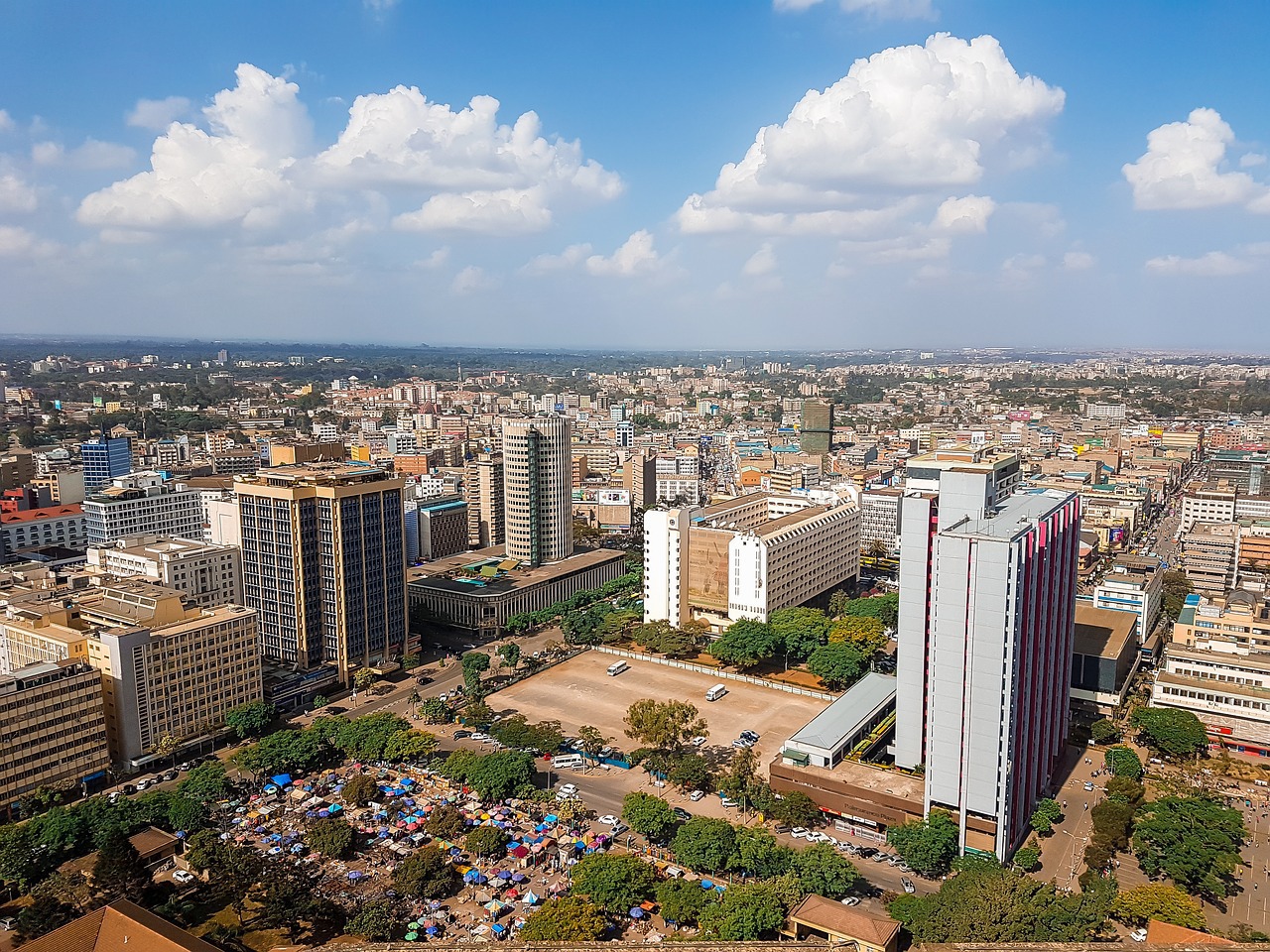This blog post is the third out of three posts in a series that discusses the financing of the UN sustainable development goals. The first part, explaining the SDG funding gap, can be read here and the second on impact investing here.
So, here’s what have we learned so far: We have recognized the massive SDG funding gap. We know there are investors hunting for yield and hungry for impact. We also know there is an aid community fiercely working for a better and more equal world, simultaneously stunned by the fact that their efforts alone will not be enough.
What do we need to bridge the gap? We need partnerships and collaboration. We need knowledge-sharing, data-sharing, risk-sharing as well as sharing of lessons learned and good practices.
Sharing knowledge and data
The aid community has decades of experience from working in the poorest and riskiest environments. They have not only supported human rights or provision of basic and health services, but they have also supported businesses. They are familiar with many of the risks, especially those related to politics or geography. The aid community also knows what it is to get results. To have an impact. The aid community needs to share their knowledge.
The part of the aid community, that has most experience in businesses and investments, are the development finance institutions (DFIs). For decades, they have made loan and capital investments to companies in developing countries. Perhaps a bit surprisingly to some, most often, on a portfolio level, it has been a profitable business. The DFIs need to share their track record.
Adjusting the risk-return profile
Then comes the tricky part, the financial risks. No matter how you put it, investing in developing countries is a risky business for sure. Pension funds (as well as other institutional investors) don’t like risk, especially if it’s not compensated for. It’s their duty to keep the future pensioners’ money safe. The risks need to be transparent, measurable and managed.
In order to invest in Africa or other risky markets, the institutional investors need to understand the risks, and most likely, they need someone to bear the risk that they are unwilling to take. More correctly, they need an adequate risk-adjusted return. Or a risk-return profile, you could also say.
So, by adjusting the risk-return profile of an investment, we could attract the investors. We would bridge the gap. The gap between the aid community and the investors. Hopefully the SDG funding gap as well.
Blending is trending
Now how do you make that adjustment on risk and return? You blend. It’s a bit like adding sweeteners to your coffee, to make it taste less bitter. Only here the aid community puts in the sweetener to sell the coffee to investors. It means the public agent bears more risk or accepts a lower yield on investment compared to other investors. It’s called blended finance.
There is no shortage of nice examples on the use of blended finance. Structures can be different, but the core is the same: layered funds or shares that differ in terms of risk and return. Thus, risks and returns are shared asymmetrically between different investors.
At Gaia, we build bridges. We work with finance institutions to design new finance instruments and structures. We also help to measure impacts. We work with corporations to identify business opportunities in Africa and beyond.
Now, we are engaged in concerted efforts to look deeper into what opportunities blended finance solutions provide for companies, investors and public sector agents.
Sustainable business is all about new opportunities and new partnerships.
MORE INFORMATION
- Minna Kuusisto, Consultant, Gaia Consulting Oy, firstname.lastname@gaia.fi
- How to finance the SDGs, part 1: Mind the gap
- How to finance the SDGs, part 2: A hero in disguise

